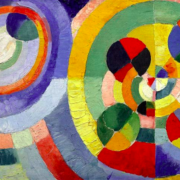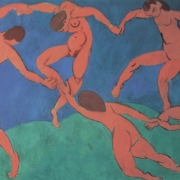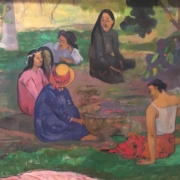This issue of Function Gamma on “The Homogeneous Group” was edited by A.R.G.O. (Association for the Research on Homogeneous Groups), with the collaboration of the Psychiatric Consultation Service, S.P.D.C. San Filippo Neri, Mod.19, D.S.M., U.S.L. ROMA E.
It comes out in conjunction with a convention organised in Rome 2nd June, 2001, entitled “Groups of Formation and Clinical Groups in the Health and Social Field”.
It is the first public manifestation of the association after a long process of work and confronting ideas between the founding members. During that time, theoretical reflections, clinical experiences, and above all a wealth of personal competences explored the use of the analytic micro-group in different spheres. Alimentation disorders, general medicine, disabled persons, social problems to do with the mixing of different cultures, formation and training for students and people in the helping professions are the main areas where efforts were concentrated.
In time we observed that these work experiences were starting to consolidate, resulting in the individuation Read more




